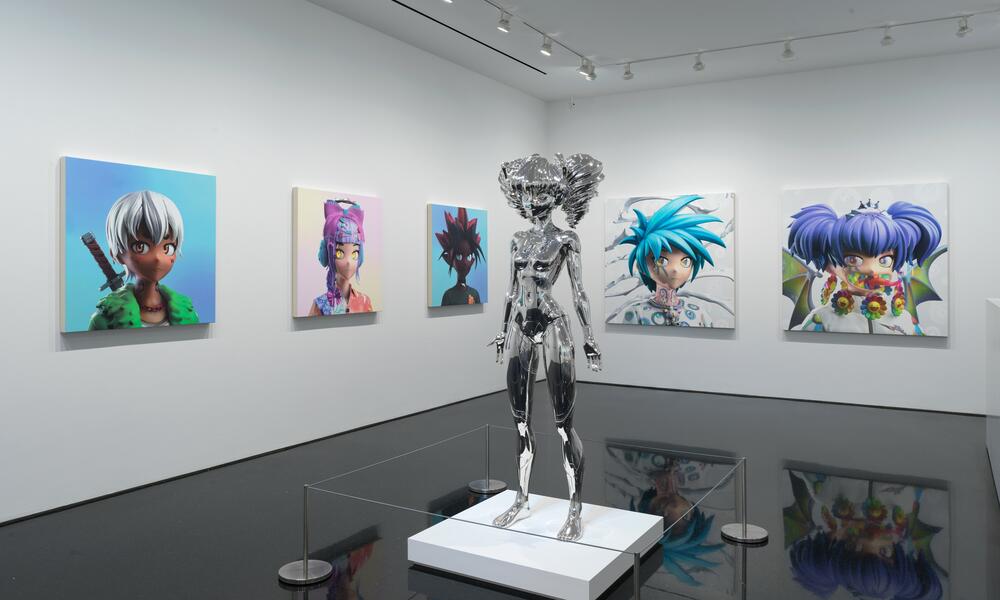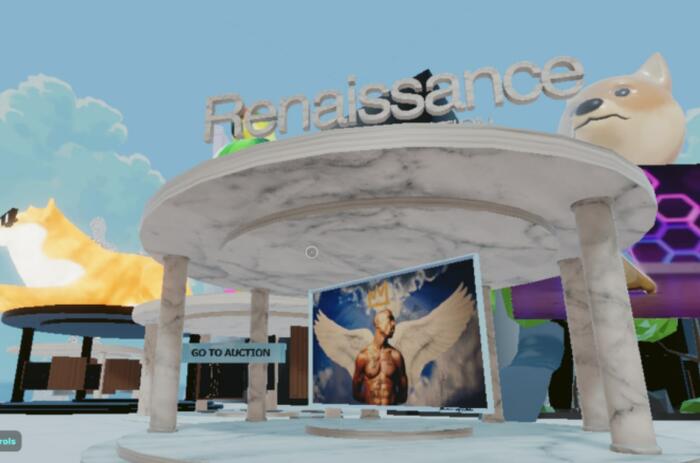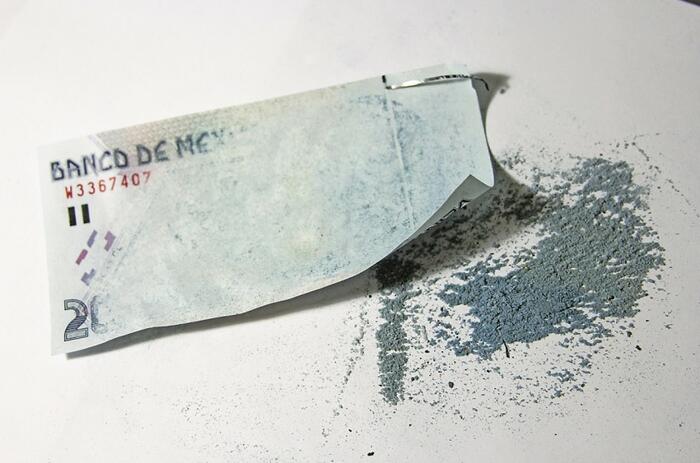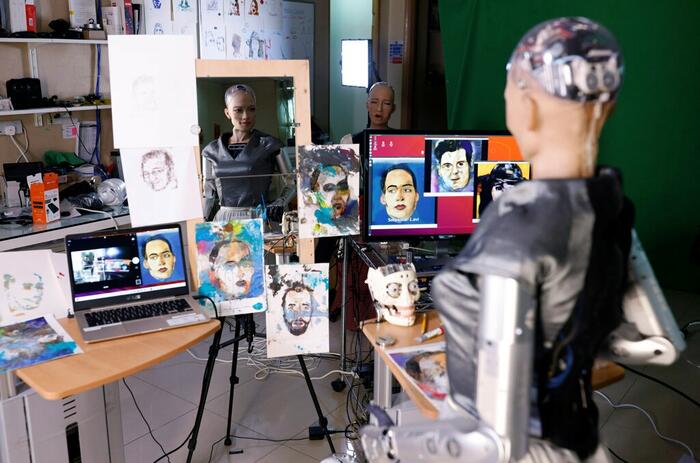NFTS AND METAVERSE: COLLECTORS OR INVESTORS? (PART II)
Although traditional art collecting includes an investment component and a business perspective, it still invokes a sort of romanticism aura that builds around an artist. A classic collector tends to follow an artist's trajectory, supporting his work. The new wave of NFT collectors stand out for not belonging to traditional art environments. Most of them are young aged and have never set foot in a museum or gallery, and therefore prioritize the finance aspect to NFT collecting to the emotional one. Generally, they are folks whose field of expertise is related to fin tech – they come from and drive the crypto world. And yes, they are mainly men.

Buying NFTs is an investment (on art) over an investment (cryptocurrency). It is not illogical then that the patrons of these specific medium are the crypto tribe. Each NFT is monetized in a different cryptocurrency, each of them constantly shifting, appreciating and depreciating. So, besides choosing which NFT artist these new collectors will invest on, they have to decide which cryptocurrency they will convert their dollars into too.
Until now, it appears that not many of the classical art-collector groups overlap with the NFT audience. There is still reluctance from part of the traditional art institutions – which is not rare, since NFTs disempower intermediaries. Anyway, there are more and more traditional names in the art circuit that decided to embark on this new technology, while some are still expectant. Pace gallery, Petzel gallery, Kammel Menour, Gagosian and all three major auction houses are already involved in the phenomenon. During Art Basel Miami 2021, there was a whole cycle and physical space in the fair sponsored by TEZOS, where they hosted several round tables with NFT native artists, traditional gallery directors, and other key figures. We can expect some blockchain related actions to occur during the novel ArtBasel Paris.
-
An Arrow through History. May 11–June 25, 2022. Images of the physical exhibition in Gagosian and the virtual exhibition in the metaverse.
Museums and the digital realm
Although Metaverses have been around for a couple of years already – think of Second Life for instance, which has almost twenty years, or Roblox –, the emergence of the latest technologies such as AR, VR, or AI and the NFT proliferation caused a new kind of blockchain-based Metaverses to arise. Decentraland, Somnium, Cryptovoxels, or Sandbox are only a couple of the best-known Metaverses. Inside them, one can find virtual cities with real state opportunities, events, galleries, shops, and even Museums, such as Decentraland’s Museum District or Somnium Space’s MOCA, among others.
Interesting issues arise from observing the relationship between these new virtual exhibition blockchain-based spaces and traditional physical museums and galleries, which rethink the patronage model.
Traditional collections are comprised mainly by physical work, which could be exhibited in the Metaverse through the creation of digital twins – virtual images that represent the “real” artwork that are tokenized, transformed into NFTs. In this case, collectors are offered to buy certified digital twins of world-renowned masterpieces. This type of action is for funding and marketing purposes, seeking to stay updated to current times. For example, the British Museum partnered with NFT platform La Collection to tokenize digital copies of some of its works, such as pieces by Katsushika Hokusai and J.M.W. Turner. Editions vary in quantities from two to 10,000, and prices range from $500 to $40,000.
There are further opportunities in the creation of new works or material out of original art pieces. A curator’s analysis on a work, new material documenting the work’s creation backstage, or even minted experiences derived from the original pieces.
What is next? Opportunities, issues, and controversies
In terms of technology, “next” is yesterday. I am confident that the blockchain technology is here to stay, and that we will see before our eyes how it will mutate different aspects of our lives. Having delved into the multiangled intricacies involved in the world of NFTs, it would be naive to consider that this new universe does not stir up certain specific controversial points, especially in reference to sustainability, copyright and authorship, economy, and curation.
When considering the relationship with the environment, it is vital to highlight that every transaction made by blockchain technology expends a high level of energy, being forced to check in with every networked computer that the operation being made is authentic and therefore approved. Blockchain infrastructure enables a type of authentication never experienced before in the virtual world, yet splurges vast amounts of electricity in checking that your Bored Ape is yours and yours only.
-
Bored Ape Yacht Club, one of the most famous NFT collections in the world
This kind of technology ensures ownership and unicity of the digital asset, but no regulation or control for checking that the person who mints the piece is its real owner, exists yet. Quentin Tarantino minted seven scenes of “Pulp Fiction” …and was later sued by Paramount because he was not the script’s legal owner. The ownership issue is not a minor one, especially when it comes to museums minting physical pieces’ digital twins.
When regarding this phenomenon from an economic angle, we can observe two different situations. In terms of art, I believe market consolidation will be achieved soon. The growth spike we saw last year, after Beeple’s craze, has evidently lowered nowadays, a fact consistent precisely with market establishment. Decelerated prices are only logical in this regard. In terms of a purely financial angle, it is important to highlight the NFT dependance in the volatile crypto environment – which has actually been suffering a terrible drop over the last months, also driven by the global economic environment.
Concerning curation, there is still plenty of room for exploration and improvement. The proliferation of NFT marketplaces sometimes decants into lack of criteria when minting new pieces, or when selecting which artists will be featured as digital professionals. OpenSea, Nifty Gateway, Superare, are the most popular and known NFT marketplaces, but they are also pretty ample in their criteria. There are other platforms which are more exclusive, and offer more interesting and curated projects such as Pace Verso or Aorist.
We are in need for role models to emerge so that people can learn, and therefore trust this new world. It is expectable to see a shift from static images or text to more dynamic and intelligent pieces. Artificial intelligence and interactive technologies are likely to have an impact in the next wave of NFTs. I can imagine a world of generative works, shifting accordingly to spectators’ interactions, or even pieces that change over time once purchased. There is almost no limit for this universe’s expansion.
I see NFTs as another medium to communicate concepts, one that allows the use of other tools that are specific to our time. Spinning threads with Duchamp boldly questioning the art institution´s role with his Fountain, giving rise to conceptual art as another form of expression yet not disqualifying all other art medium, the emergence of NFTs and digital art does not mean other disciplines are dead. In diversity and dialogue, beauty and new interpretations of the world arise.








